Clean First—Disinfect Second
This means that you should take normal steps to remove dust, dirt, grease, and food from whatever area you are cleaning. Vacuum, wipe, and mop as you usually would. Use the mildest, safest chemicals to get the job done. In many cases, a dry or damp (water only) microfiber cloth is ideal. For greasy messes in the kitchen or buildup in the bathroom, dish soap is hard to beat. In times of anxiety, it is common to overuse chemicals. This does not make them more effective, and it can waste precious resources.
Now that your target environment is clean, take steps to disinfect, which means using appropriate chemicals to kill germs, bacteria, and viruses.






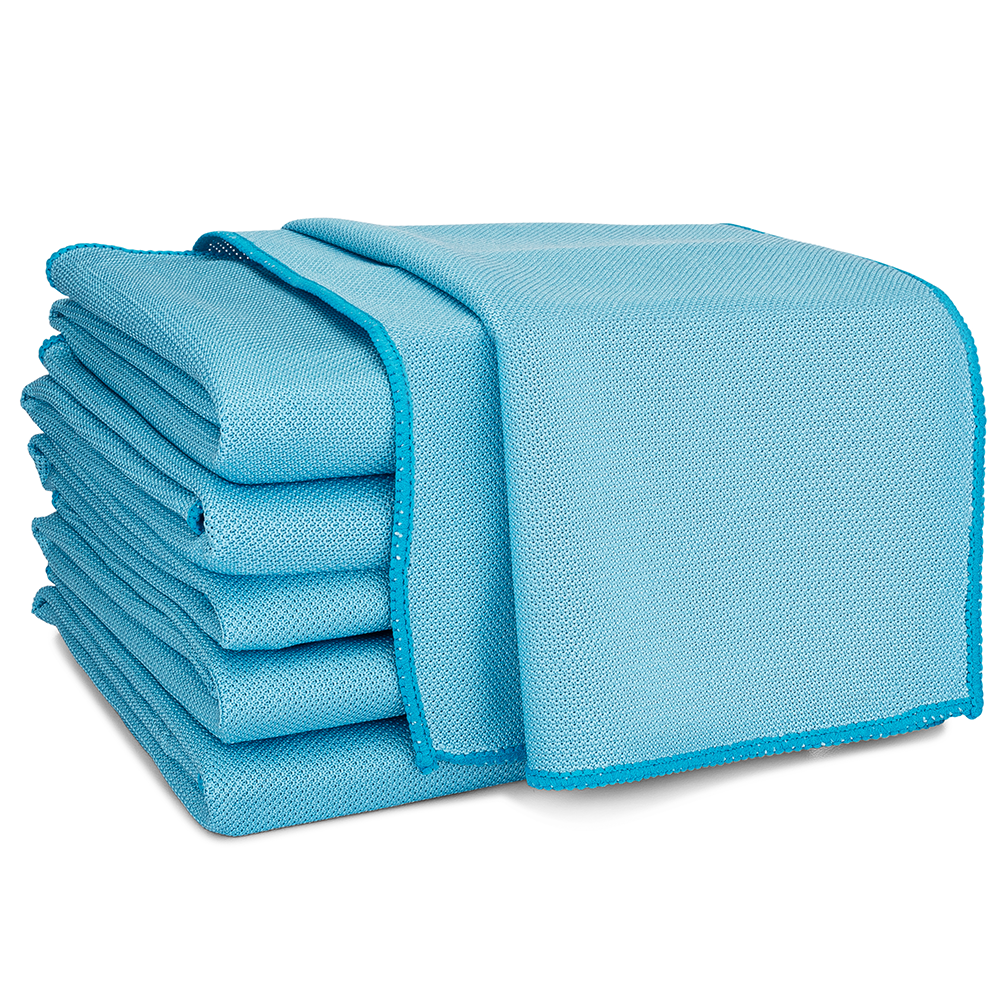
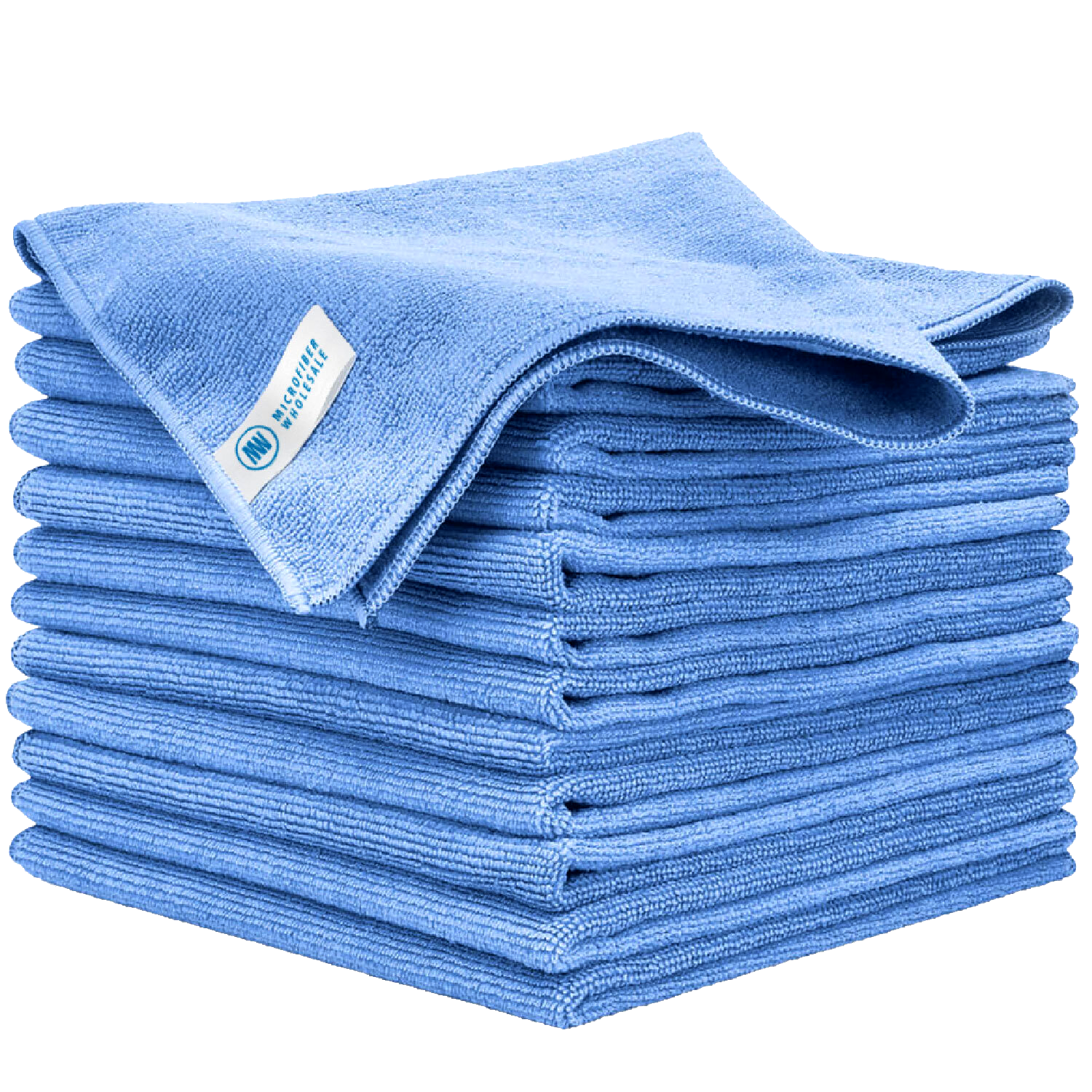

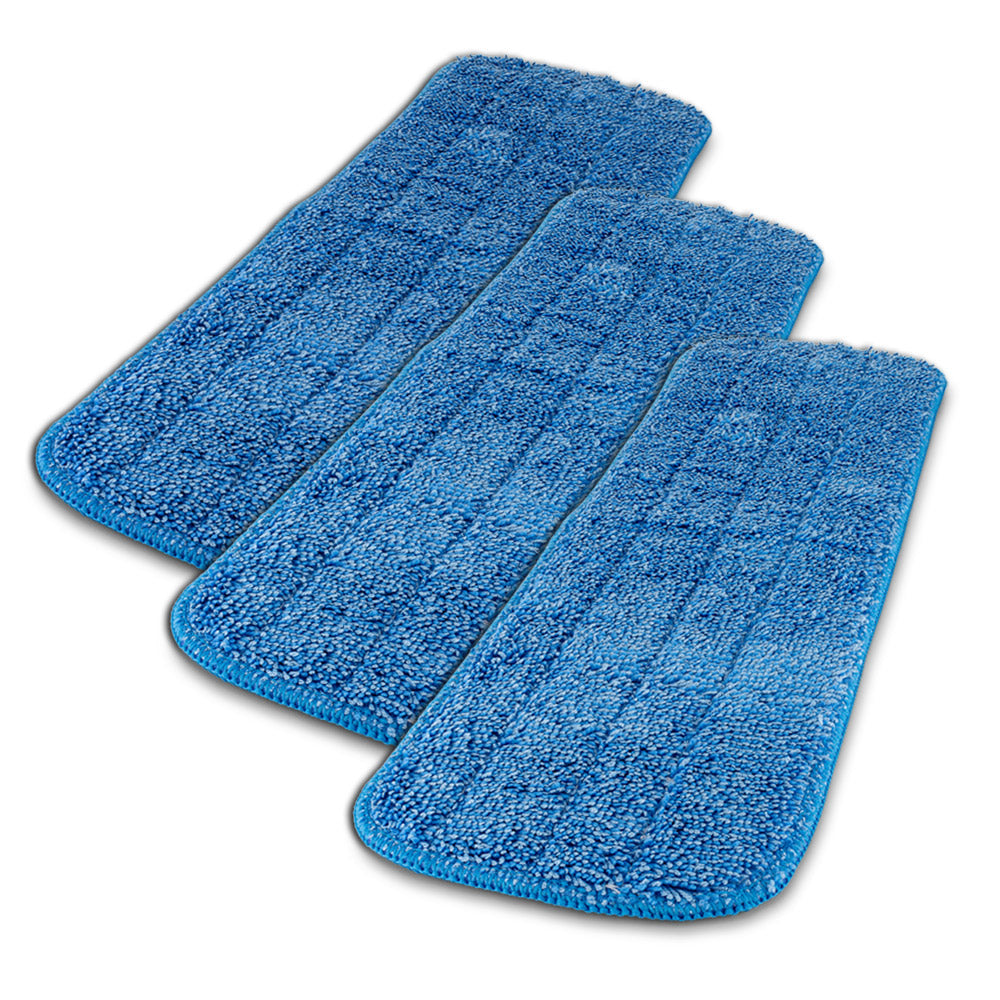
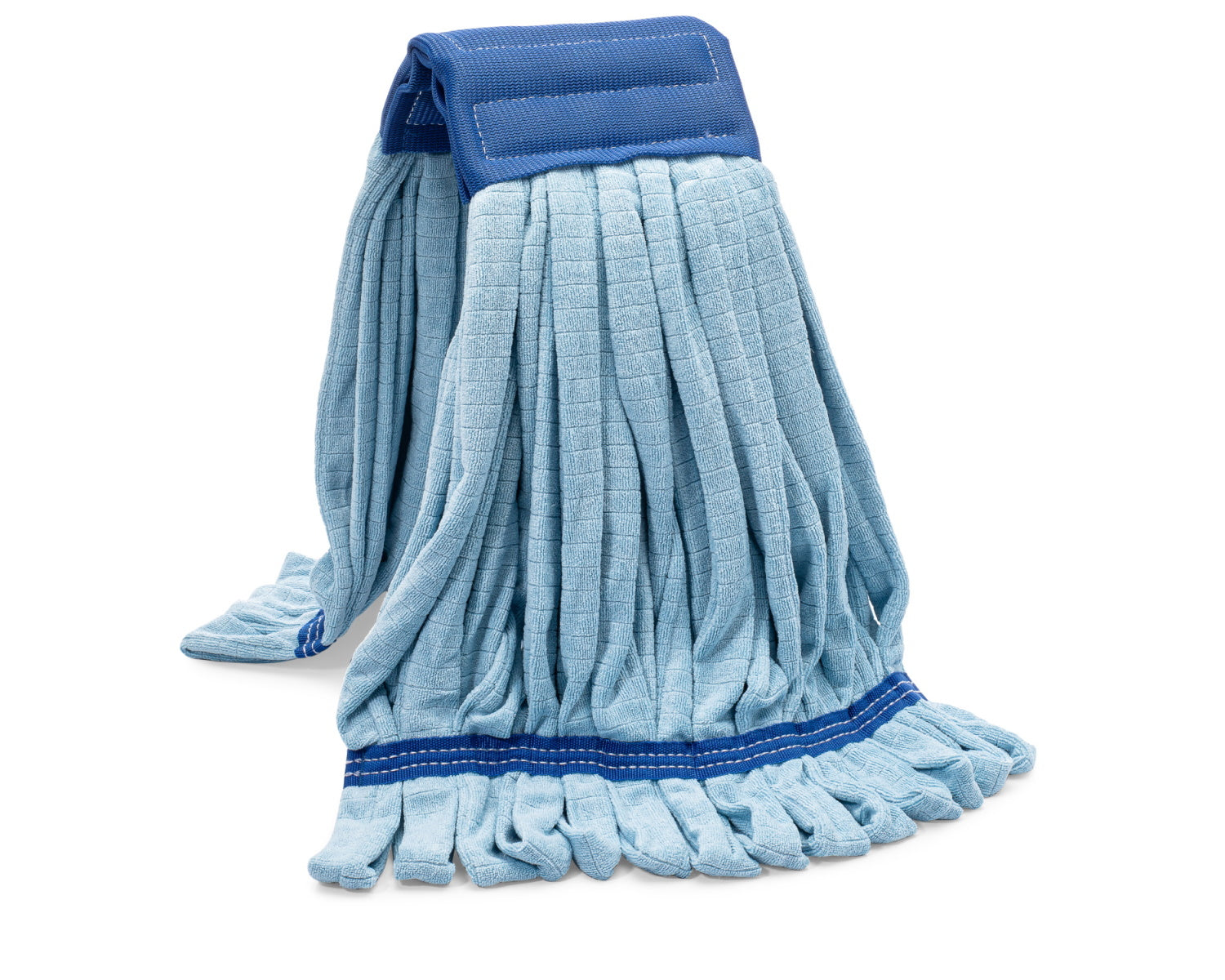
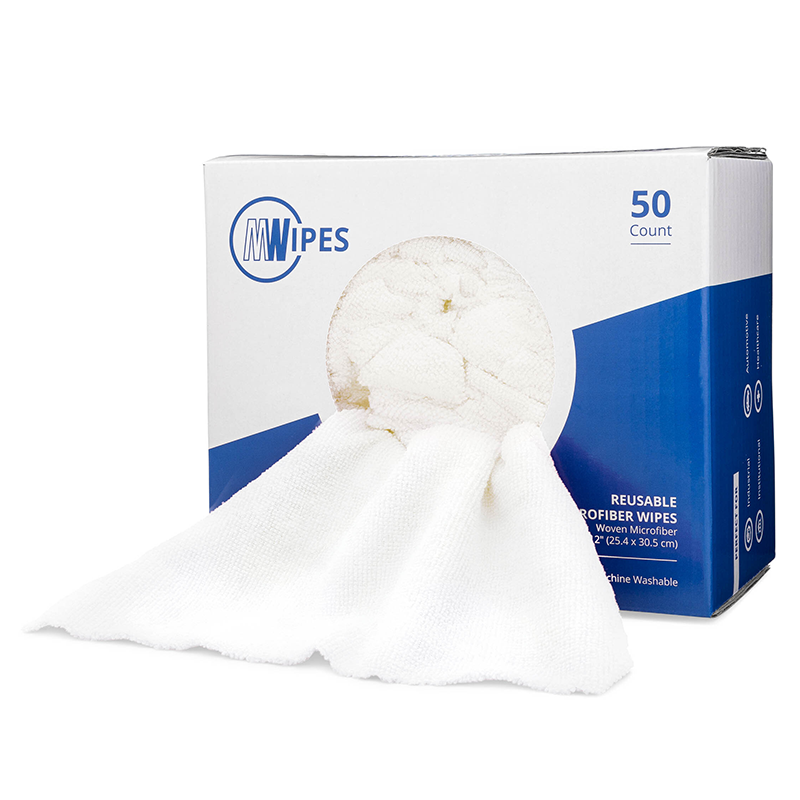
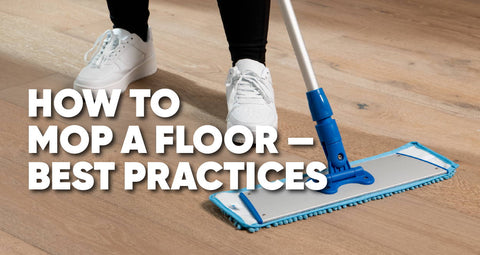
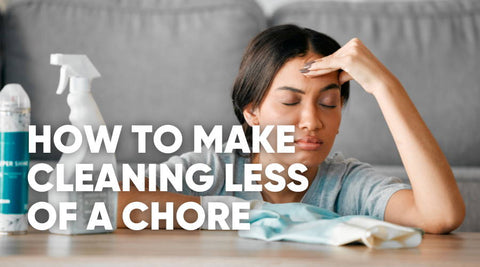
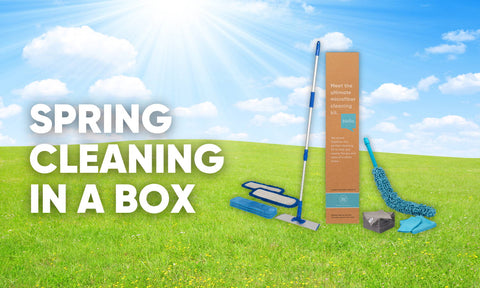




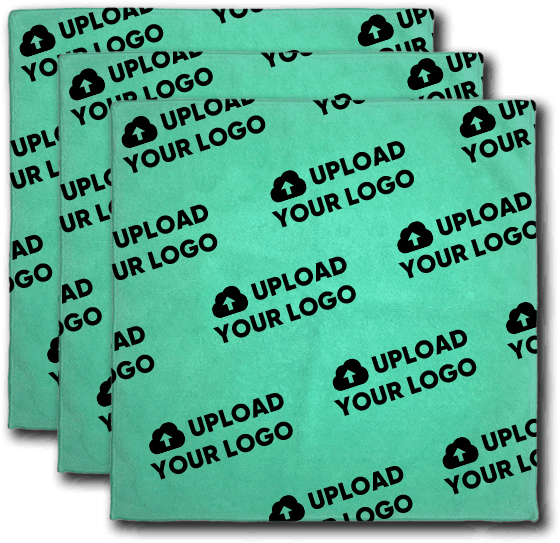
 By continuing with your order, you acknowledge and agree to the following:
By continuing with your order, you acknowledge and agree to the following: